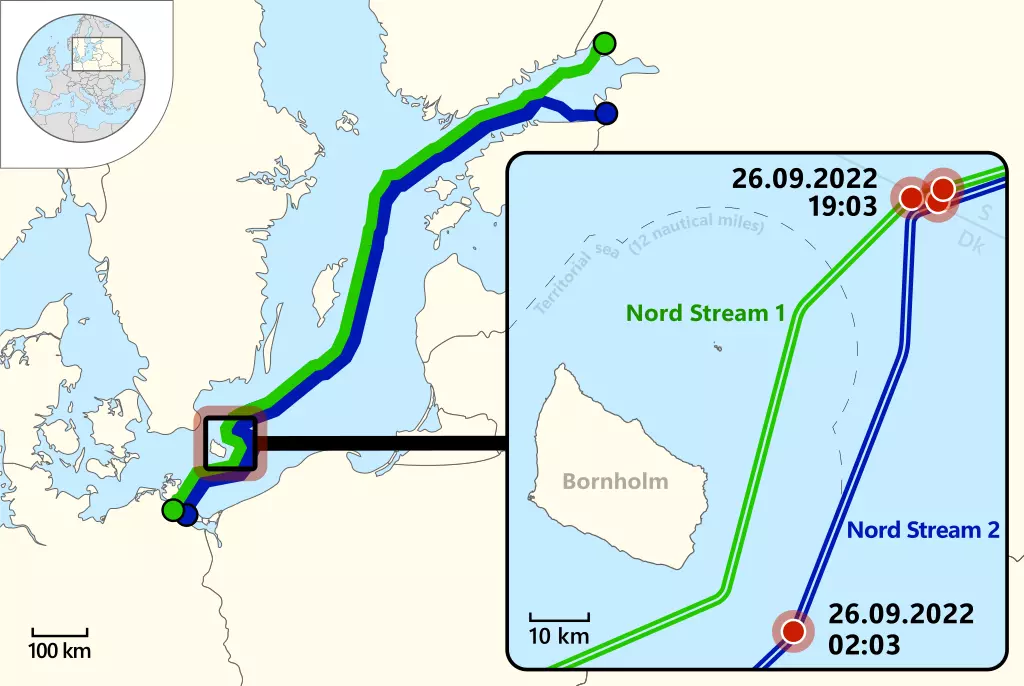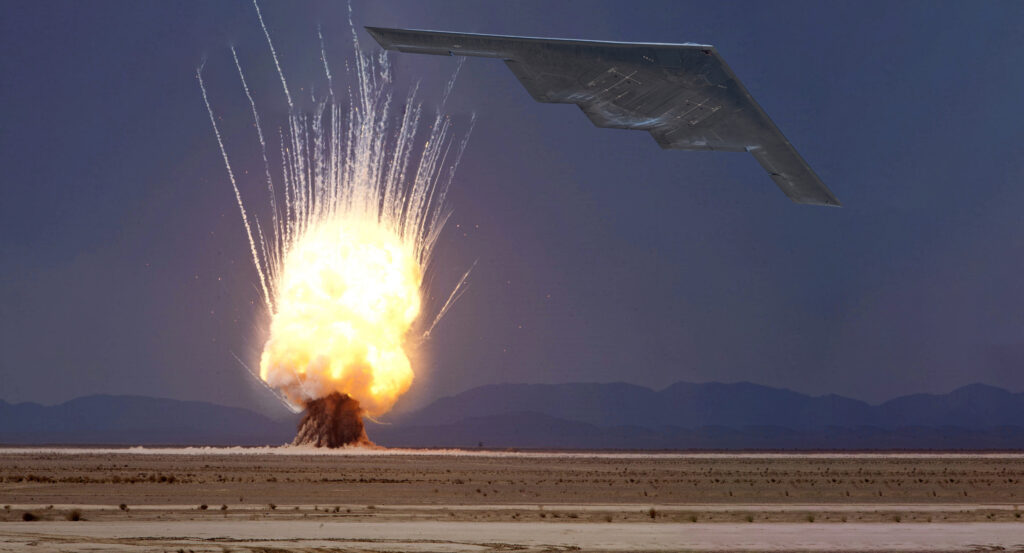Spy games: Who blew up the Nord Stream pipelines?
- By Frumentarius
Share This Article

The New York Times reported on March 7 that U.S. intelligence officials assessed that a “pro-Ukrainian group” was responsible for the targeted sabotage attack on the Nord Stream 1 and 2 natural gas pipelines in September 2022. The undersea explosive attack occurred some seven months after Russia invaded Ukraine. Motivations for carrying out the attack have been attributed to no less than seven countries, including Russia, the United States, and Ukraine, among others. Investigative journalist Seymour Hersh reported in February that the United States authorized and carried out the attack with the assistance of Norway.
This is absolutely plausible. The United States definitely has the capability to pull it off and wants Russia to suffer economically for the war and for Ukraine to win. Sabotaging the Nord Stream 1 and 2 pipelines, which supply Russian gas to Western Europe, would be acting in line with U.S., British, and Ukrainian interests. It has also suited Russia, which blamed the attacks on the U.S. for a propaganda victory. Supply through the pipelines had been curtailed, anyway, due to the Russian invasion.
This is a classic case of a covert action carried out by some state or non-state actor that then comes to light in the media. The titillation of reporting on the mysterious attack — who might’ve done it, and how — as well as the viewers’ curiosity about the Hollywood-like secret operation combine to make this a big story.
Related: Politicians and intelligence agencies need to do better to protect intelligence reports

The multiple motivations and potential possible perpetrators of the attack make it hard for us to divine who exactly planned and carried out the sabotage. Add to that, tactical releases of selective information by actors in the intelligence world to members of the press, and you have an even muddier mess to sort out. The sourcing of both Seymour Hersh and the New York Times report is ultimately attributed to U.S. government officials, after all, even though the reports blame separate entities for the attack.
This is possibly a deliberate strategy by U.S. government officials to muddy those waters, in an effort to deflect responsibility for the attack. No one knows for sure who did it, beyond those officials read in to the operation. If some rogue Ukrainian group did carry out the attack, it still could have been with the assistance of U.S. covert action. Or maybe the Russians did it, to punish Europe and make the United States look bad.
One thing we do know is that we will never know for sure — at least not anytime soon — who actually authorized, directed, financed, and physically carried out the attack on the pipelines. The authorizing party or parties and perpetrators could be separated by some degree of obfuscating covert action authority. In that way, each party has plausible deniability. Given that so many countries, in addition to some pseudo and non-state actors, had the motivation to sabotage the pipelines, it will be far too easy to confuse the issue on all sides through leaks of selective information.
Welcome to the world of covert action.
Feature Image: A Nord Stream sign on the sailing boat in Talinn, Estornia. (Photo by Pjotr Mahhonin/Wikimedia Commons)
Read more from Sandboxx News
- A CIA officer’s 5 favorite spies from TV and movies
- Ukraine holds on Bakhmut despite determined Russian attacks
- General Mark Milley says Russia has already ‘lost’ in Ukraine
- This is why the Colt M1903 was the pistol of choice of the OSS
- Stinker, failure, bolder, wry: Frumentarius reviews 2 new Netflix spy shows
Related Posts
Frumentarius
Frumentarius is a former Navy SEAL, former CIA officer, and currently a battalion chief in a career fire department in the Midwest.
Related to: Breaking News, Military Affairs, Ukraine

The A-12 Avenger II would’ve been America’s first real ‘stealth fighter’

Why media coverage of the F-35 repeatedly misses the mark

It took more than stealth to make the F-117 Nighthawk a combat legend

